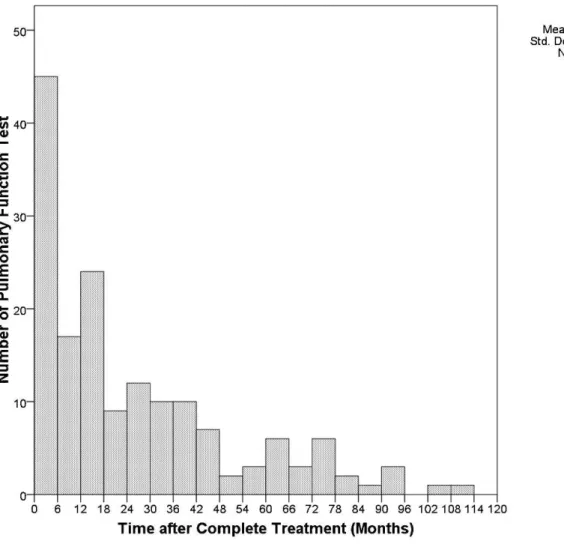Clinics vol.66 número4
Texto
Imagem



Documentos relacionados
This study aimed to investigate the maximal respi- ratory pressures and pulmonary function in patients with sequelae of leprosy and their correlation with functional exercise. )n
OBJECTIVES: To evaluate the clinical and hemodynamic characteristics of chronic thromboembolic pulmonary hypertension patients scheduled for pulmonary thromboendarterectomy in
Objective: To describe the pulmonary function in children and adolescents with postinfectious bronchiolitis oblite- rans (PIBO), as well as to evaluate potential risk factors
The authors stated that patients with significant respiratory symptoms and multiple risk factors require pulmonary function testing in order to monitor the progression of
Therefore, the objective of the present study was to estimate the proportion of patients with impaired pulmonary function who were unresponsive to treatment in a sample of
The objective of this study was to evaluate pulmonary function in respect to pain in adult patients submitted to heart surgery via sternotomy and to investigate possible
The objective of this study was to evaluate the effects of TENS on pain and pulmonary function in the postoperative period of thoracic surgery (heart or pulmonary approach
Therefore, we tried to assess changes in pulmonary function by measuring lung compliance and airway resistance in patients with congenital heart disease and pulmonary